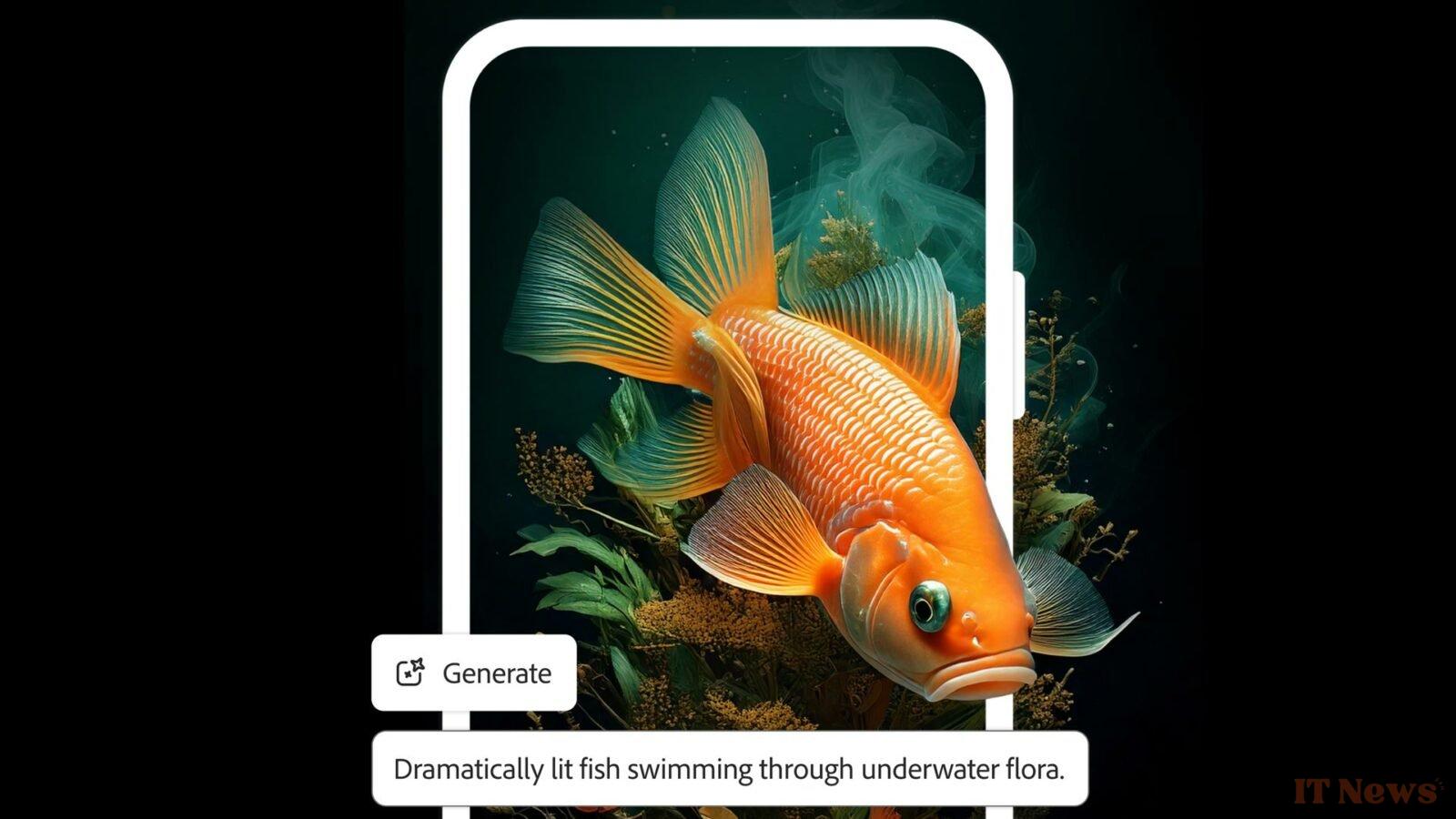Until yesterday, generating images or videos using AI was a computer-based business, involving dedicated work sessions. Today, it slips into a pocket with the arrival of the Adobe Firefly app on our smartphones. The app incorporates the features that made Firefly a success, starting with the generation of images and short videos from a simple text (prompt). This version also has editing tools such as Generative Fill to add or remove elements, or Generative Extension to enlarge an image by automatically filling the added areas with AI-generated content.
All content in Firefly syncs with Creative Cloud. A project sketched on mobile in the morning can be finalized in Photoshop or Premiere Pro at the office in the afternoon. The application is available for free on Android (Play Store) and iOS (App Store).
It's possible to make a few attempts by creating a free account (Firefly free), but you quickly find yourself limited. For freelancers and individuals, Adobe offers paid subscriptions starting at 11.08 euros/month (2000 generating credits). Since the beginning of the month, it has also been possible to use the Photoshop application for free on Android smartphones.
As we already mentioned in May, the real revolution may be hidden elsewhere. Far from barricading itself behind its own technology, Adobe is playing the card of total openness by transforming Firefly into a universal platform. Alongside its own models and already integrated giants like OpenAI (DALL-E) and Google (Imagen, Veo), Adobe welcomes a host of new specialized partners: Ideogram, Luma AI, Pika and Runway.
With this approach, Adobe wants to avoid creators having to juggle between applications and services. Thus, Adobe no longer just sells its engine, but access to all engines.
The "moodboard" of the future is called Firefly Boards
This collaborative philosophy finds its peak in Firefly Boards, a sort of digital and collaborative whiteboard, now enhanced with video. Professionals can now remix imported video clips or generate new video content, leveraging Adobe's new Firefly Video template or Google's Veo 3, Luma AI Ray2, and Pika version 2.2 text-based video generation technologies. In addition, creative teams can also use AI-powered features to iteratively edit images from simple prompts. These features include Black Forest Labs' Flux.1 Kontext and OpenAI's image generation capabilities, the firm said.
Conscious of the ethical issues that drive the industry, Adobe continues to affix its Content Credentials to each creation. This digital "label" guarantees transparency by indicating whether a work has been generated or modified by AI, and with which model, whether in-house or partner.
With already more than 24 billion pieces of content generated and a growing number of users, Adobe is not content to simply participate in the AI race. The company confirms that it wants to position itself as the conductor of the creative revolution. A strategy that could well ensure it a prominent place, regardless of the model that wins the public's favor tomorrow.



0 Comments